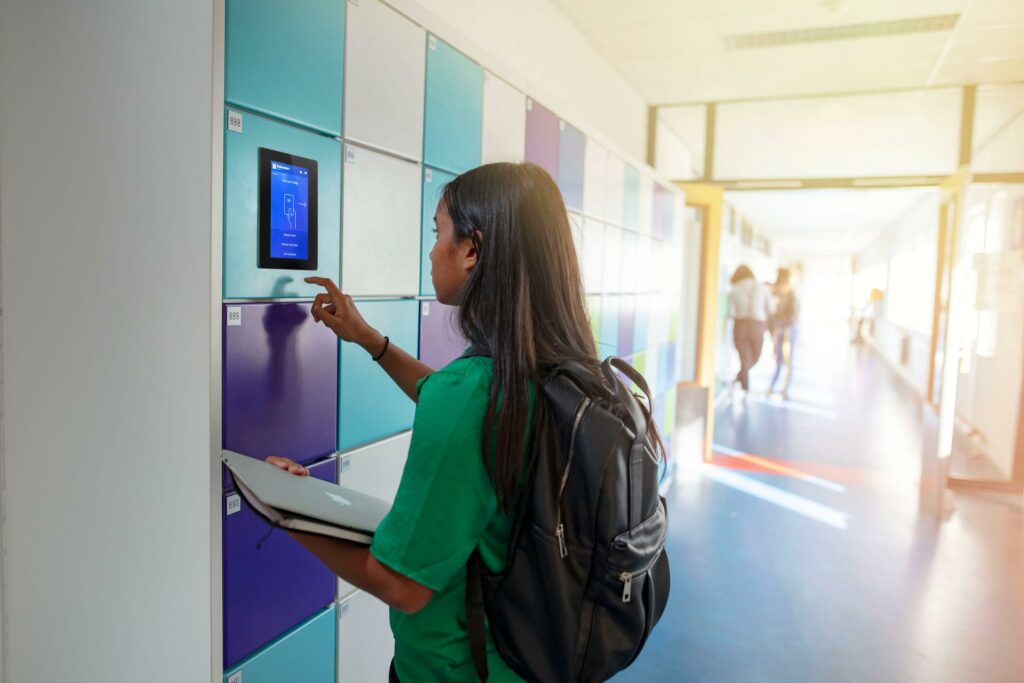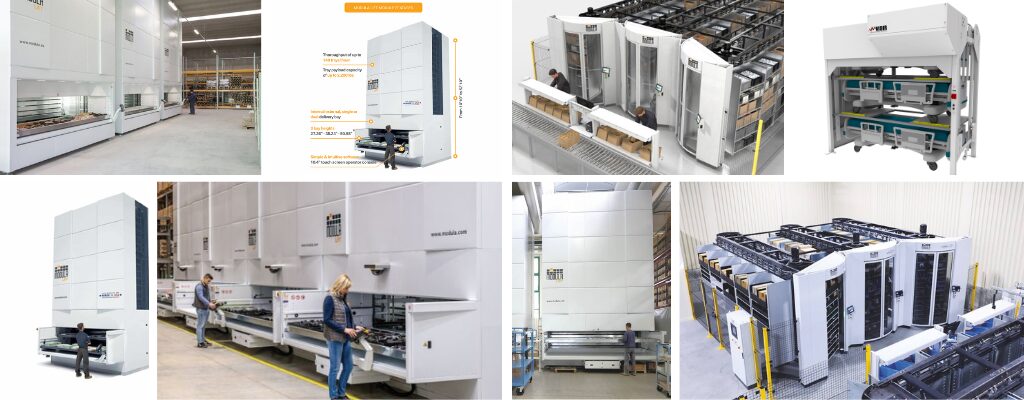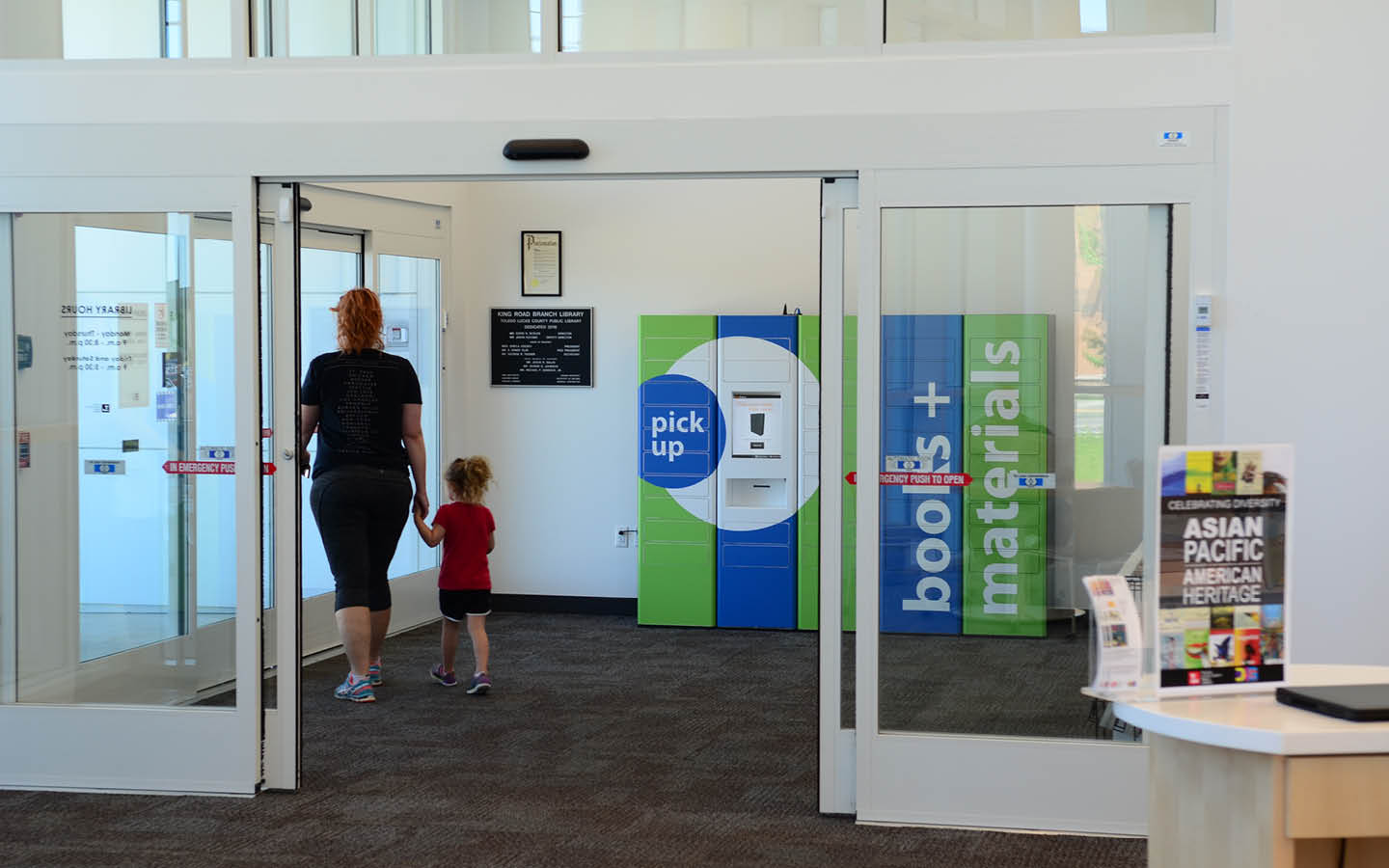
Introduction
As educators, we understand the importance of organization in creating an effective learning environment. Classroom storage plays a vital role in this, as it directly impacts the organization and functionality of a classroom. In K-12 schools, where teachers and students rely on various materials and resources, optimizing classroom storage becomes even more critical. In this blog, we will explore five ways to optimize classroom storage for K-12 schools, helping both teachers and students make the most out of their learning space.
The Role of Well-Organized Classroom Storage in K-12 Schools
A well-organized classroom sets the stage for a successful school year. Classroom storage solutions contribute to classroom organization and management, creating a tidy and orderly environment. It ensures that materials and resources are readily accessible, supporting smooth transitions between lessons. Classroom storage solutions also enhance mobility and accessibility for both students and teachers, allowing for seamless movement and retrieval of materials throughout the day.
These solutions allow for the proper storage and organization of classroom materials, such as textbooks, supplies, and teaching resources. This, in turn, contributes to classroom organization, making it easier for teachers and students to locate and access the materials they need.
In K-12 schools, where multiple classes and subjects are taught, well-organized classroom storage becomes even more critical. With different teachers and students utilizing the same classroom space, it is important to have storage solutions that can accommodate everyone’s needs. Whether it’s storing individual student belongings, classroom supplies, or shared resources, classroom storage solutions help maintain a tidy and efficient learning environment for all.
Why Optimize Classroom Storage?
First and foremost, it maximizes storage space, allowing for efficient organization and management of classroom materials. By utilizing storage solutions effectively, teachers can declutter their classrooms, creating a more focused and conducive environment for learning. Optimized storage solutions also contribute to streamlined classroom operations. Teachers can easily locate and access materials, saving valuable instructional time. It also helps students develop organizational skills, as they learn to navigate storage spaces and keep their belongings in order.
Additionally, optimized classroom storage ensures the seamless organization of classroom accessories and materials. By having designated storage areas for different items, teachers can easily find what they need and maintain an organized classroom. This not only enhances classroom management but also promotes students’ independence and responsibility in taking care of their own belongings.
Efficient classroom storage solutions are particularly important for schools with limited classroom space. By optimizing storage options, teachers can make the most of available space, ensuring that every inch of the classroom is utilized effectively. This allows for more efficient movement within the classroom and creates an environment where students can focus and engage in their lessons without unnecessary distractions.
Types of Classroom Storage Solutions for K-12 Schools
Understanding the different types of classroom storage solutions available can help educators choose the best options for their specific needs. Let’s explore three common types of classroom storage solutions for K-12 schools: lockers, storage cabinets, and charging carts.
Lockers as a Storage Solution in K-12 schools, offering secure storage options for students. Here are some key points to consider about the benefits of lockers:
- Lockers provide individual storage space, encouraging student responsibility and organization.
- They contribute to a clutter-free classroom environment, helping students focus on their studies.
- Lockers facilitate the organization and storage of students’ belongings and school supplies, reducing classroom clutter.
- They play a vital role in maintaining the security and organization of students’ personal items, ensuring peace of mind for both students and parents.
Storage cabinets offer versatile storage solutions for classroom supplies and materials. Here’s why they are a popular choice for classroom storage:
- Storage cabinets provide ample space for storing classroom materials and resources, such as textbooks, art supplies, and science equipment.
- They contribute to an organized and clutter-free classroom environment, enhancing the overall learning experience for students.
- Storage cabinets offer a range of storage options, including shelves, drawers, and compartments, allowing for easy categorization and access to materials.
- Versatile storage solutions, such as storage cabinets, cater to diverse classroom storage needs, accommodating different items, sizes, and quantities.
- They are essential for maintaining an organized classroom and facilitating easy access to materials, promoting efficient teaching and learning.
Enhancing classroom mobility, charging carts provide convenient storage for electronic devices, ensuring organized and centrally managed charging solutions. This efficient organization and secure storage contribute to the streamlined management of classroom devices, especially tablets and laptops. Charging carts play a pivotal role in facilitating the seamless charging and organization of classroom electronics, providing mobility and security.
Keys to Efficient Classroom Storage
Mobility in storage solutions enhances accessibility, while security considerations ensure the safety of valuable assets. Asset tags help maintain organization, and utilizing charging carts for digital devices promotes a clutter-free environment. Incorporating storage bins and Amazon-supplied products can further optimize the available space. Additionally, considering desktop storage solutions can contribute to a well-organized classroom setting.
- Mobility in Classroom Storage Solutions: enabling flexible and adaptable storage options, classroom mobility solutions facilitate seamless organization and material accessibility. Enhancing adaptability and promoting efficient storage and organization, these solutions provide versatility for classroom materials and accessories.
- Security Considerations for Classroom Storage: when considering classroom storage, it’s crucial to prioritize security measures. These measures not only safeguard materials but also contribute to a well-organized learning environment. By ensuring the protection and organization of classroom resources, security considerations promote safety and contribute to a secure academic setting. Implementing secure storage solutions is vital for the protection of valuable classroom materials and resources, ultimately benefiting the overall learning experience.
- Maintaining Organization with Asset Tags: efficiently tracking classroom items is made possible with asset tags, aiding in inventory management and loss reduction. Security of classroom resources is ensured by utilizing asset tags, which also supports organization and streamlines classroom management. Furthermore, asset tags simplify the process of identifying and locating classroom assets, enhancing overall operational efficiency. Incorporating asset tags into classroom storage solutions facilitates seamless organization and maintenance of valuable educational resources.
- Classroom Technology Storage Ideas: optimizing classroom space with innovative storage solutions for tech devices involves implementing storage solutions that accommodate different devices. Utilize storage cabinets to organize and secure classroom technology, considering mobility and accessibility when planning classroom tech storage. Incorporate charging carts for convenient device management and storage. By optimizing the use of space, schools can ensure that their technology resources are efficiently managed and easily accessible, contributing to a conducive learning environment.
- Managing Tech Devices in Classroom: efficiently managing tech devices in the classroom is essential for supporting lesson plans and promoting organization. Organizing charging stations ensures easy access and maintenance of devices, while implementing storage solutions protects and secures classroom technology. Mobility and accessibility of devices are crucial, making it important to utilize storage solutions that promote efficiency and organization. By prioritizing these aspects, educational institutions can create a conducive environment for learning and technology integration, ultimately benefiting both students and educators.
- Securing Digital Devices with Charging Carts: when it comes to securing digital devices in the classroom, charging carts play a crucial role. These carts not only provide secure storage and charging for digital devices but also ensure their accessibility and organization. By implementing charging carts, schools can effectively safeguard and manage their classroom technology. The mobility and flexibility offered by charging carts further support the efficient management of digital devices, promoting a secure and well-organized learning environment. Additionally, the use of charging carts contributes to the protection of classroom digital assets, offering a practical solution for classroom storage needs.
Practical Classroom Storage Hacks
Looking for inventive ways to maximize classroom storage space? Consider repurposing items like shoe organizers, hanging shoe racks, or even stacking bins to create additional storage solutions. Explore various options on Amazon for affordable and versatile storage containers to suit your classroom’s needs. Additionally, maximize space by utilizing desktop organizers for stationery, art supplies, or handheld educational tools. Embracing unconventional storage hacks can significantly optimize classroom organization and functionality.
- Creative Use of Existing Spaces: maximizing classroom storage involves exploring innovative ways to utilize underutilized spaces. By repurposing existing classroom areas, you can optimize storage solutions with cubbies and plastic containers, effectively decluttering classroom spaces. Enhancing classroom organization through creative storage solutions allows for the efficient use of overlooked areas, contributing to a well-organized learning environment. Implementing these creative strategies ensures that every nook and cranny becomes a valuable storage resource, contributing to an organized and productive educational setting.
- DIY Storage Ideas for Classrooms: enhance classroom organization by implementing personalized DIY storage solutions. Address specific storage needs using flexible and cost-effective ideas. Empower teachers and students to contribute to customized classroom storage. Utilize DIY solutions to provide a tailored approach to organization. Customization is key in addressing the unique storage requirements of classrooms, ensuring a well-organized environment.
- When exploring classroom storage options, consider reputable retailers for a wide range of solutions. Both online and local vendors offer diverse storage choices, including lockers and cabinets. Trusted suppliers provide affordable storage solutions suitable for K-12 schools. Reliable sources can offer a variety of options, ensuring that teachers and staff find the most suitable storage supplies for their classroom needs. Consider browsing Amazon for additional choices, as well as checking with local suppliers for more personalized service.
- Affordable Options for Classroom Storage: enhancing classroom organization and storage without overspending is crucial. Discovering budget-friendly storage solutions to optimize classroom organization can significantly contribute to efficient classroom organization. By accessing affordable storage options, classrooms can enhance their space functionality without exceeding the budget. It’s important to implement cost-effective storage solutions that support the classroom’s needs without compromising on quality. Therefore, finding affordable options for classroom storage is essential for creating a conducive learning environment.
Frequently Asked Questions
Optimizing classroom storage has proven to be a game-changer for schools. Educators have witnessed improved organization, enhanced efficiency, and increased functionality in classrooms. By implementing effective storage solutions, schools have experienced positive outcomes that benefit both teachers and students. The success stories of optimized classroom storage speak volumes about its impact on school operations and student learning.
There are several ways to optimize classroom storage in K-12 schools. Here are five effective strategies:
1. Utilize vertical space: Make use of wall-mounted shelves, hanging organizers, and cubbies to maximize storage without taking up valuable floor space. Vertical storage solutions help keep materials within reach while maintaining an organized and clutter-free classroom.
2. Use clear containers and labeling: Transparent containers allow teachers and students to easily identify the contents inside, making it quicker to find what they need. Labeling shelves, bins, and drawers further are some effective ways you organize your classroom and ensure that items are returned to their proper place. This not only promotes organization but also teaches students valuable skills in categorization and responsibility.
3. Invest in flexible furniture: Consider investing in furniture that can serve multiple purposes, such as desks with built-in storage compartments or bookshelves on wheels. This allows for easy rearrangement and customization of the classroom layout, maximizing storage options based on the changing needs of the lesson or activity.
4. Implement digital storage solutions: With the increasing use of technology in classrooms, digital storage solutions can help minimize physical clutter. Encourage teachers to digitize lesson plans and handouts, and provide cloud-based storage options for students to submit assignments electronically. This reduces the need for bulky file cabinets and frees up valuable space in the classroom.
5. Collaborate with other teachers: Sharing storage resources with fellow educators can help optimize classroom storage. Consider implementing a system where teachers can borrow and lend materials, such as books, manipulatives, or art supplies. This not only maximizes the use of available storage space but also fosters collaboration among teachers, creating a supportive and resourceful learning environment.
1. Arrange desks strategically: Opt for space-saving desk arrangements such as rows or clusters that maximize the available floor space.
2. Utilize flexible seating options: Incorporate alternative seating solutions like bean bags, floor cushions, or standing desks to accommodate more students without overcrowding.
3. Remove unnecessary furniture: Evaluate the furniture in your classroom and remove any items that are not essential. This will free up more space for students to move around comfortably.
4. Utilize wall space: Hang cork boards or whiteboards on the walls to create additional writing and display surfaces. This can help maximize the use of vertical space in your small classroom.
5. Use storage solutions: Invest in storage solutions that are compact and efficient, such as stackable bins, hanging file folders, or shelving units with multiple tiers. These will help you make the most of your available storage space while keeping materials organized and easily accessible.




